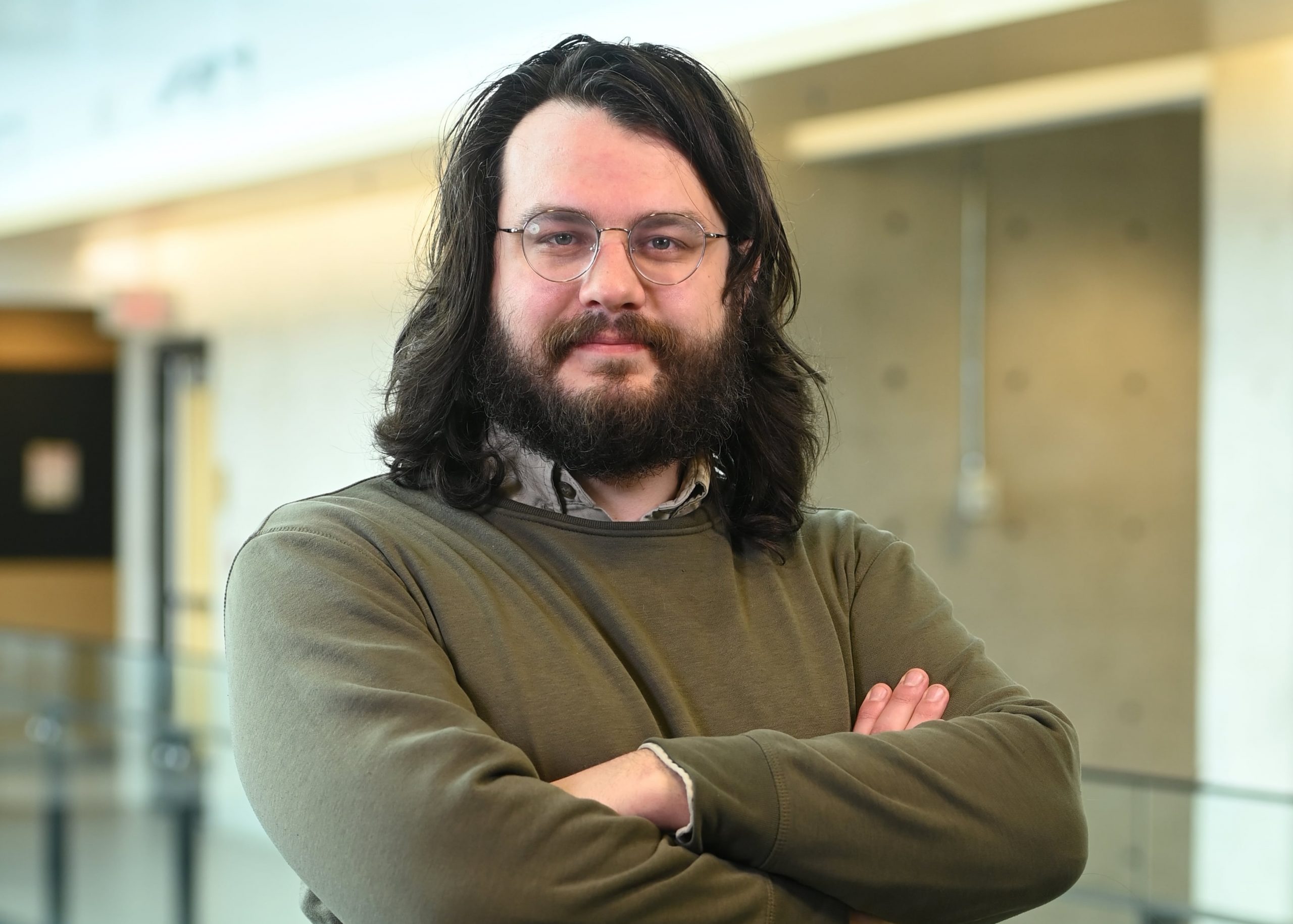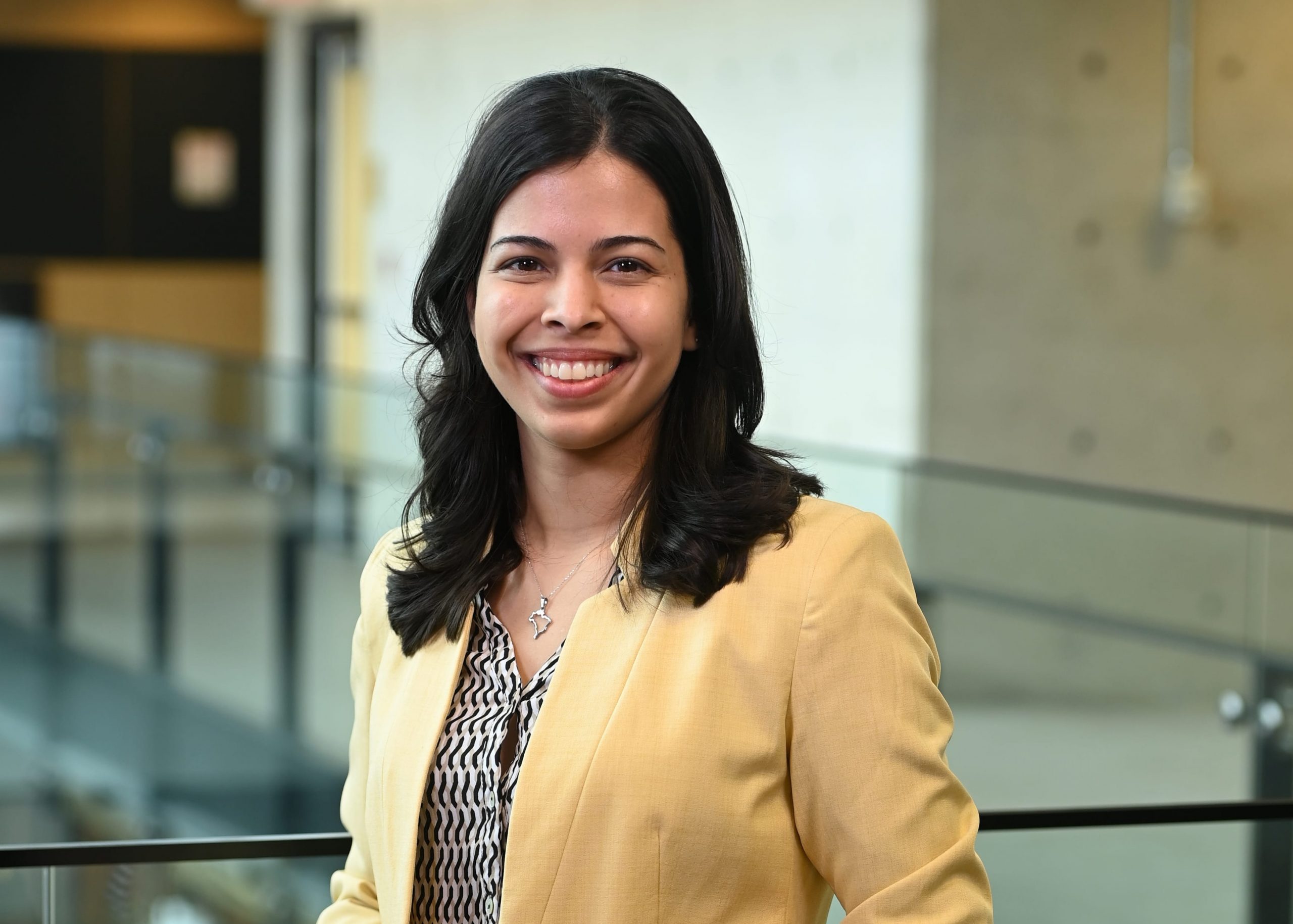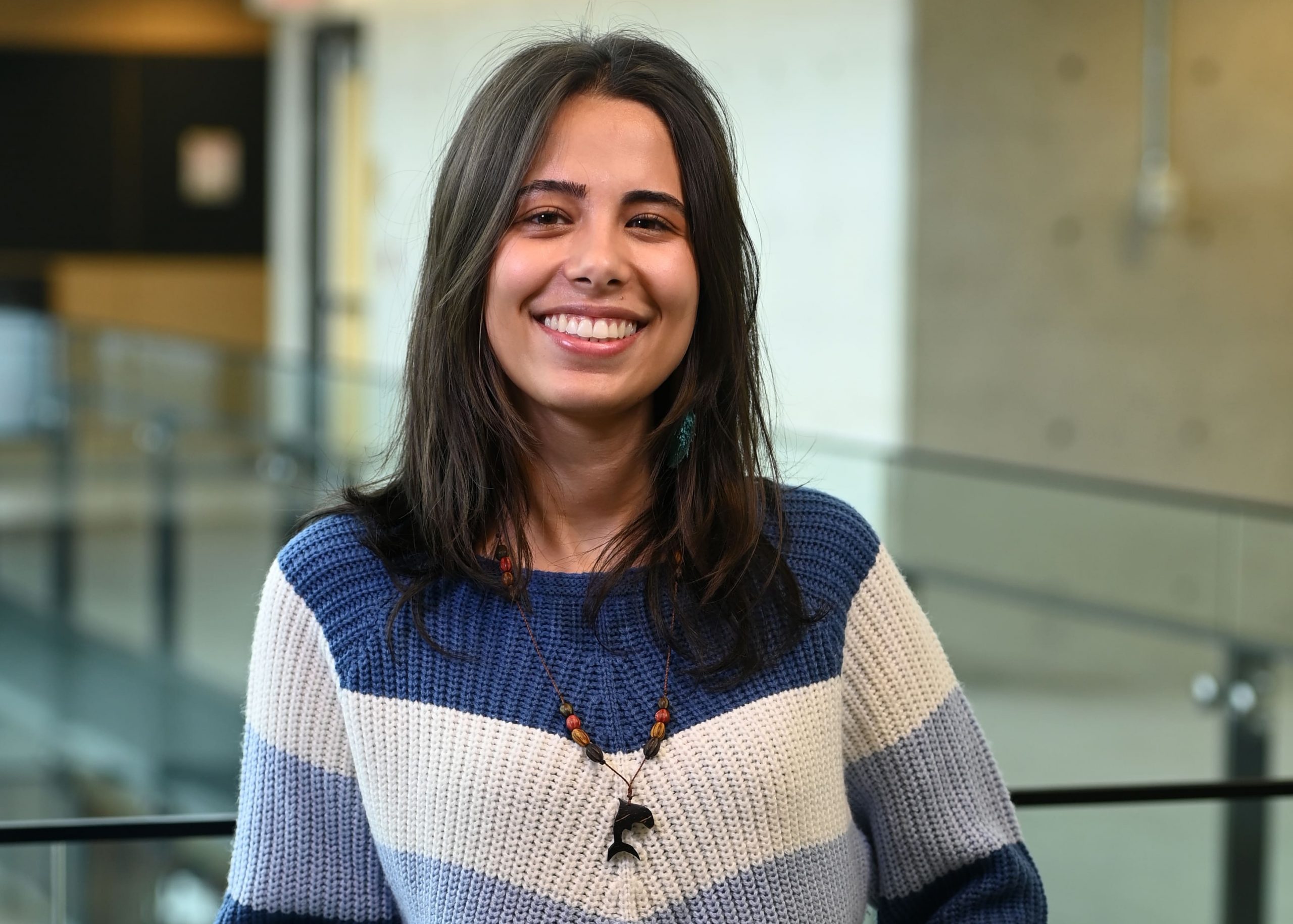
Remember when you thought AI was going to take over the world? Turns out, it cannot even tie its own digital shoelaces without us. In 2015, a ‘smart’ AI labeled black people as gorillas, and self-driving cars still cannot figure out if that blob in the road is a paper bag or a toddler. oops! Welcome to the wild world of AI, where the machines are smart but not intelligent enough to be left alone.
AI has made incredible strides, mastering complex games like Go, revolutionizing medical diagnostics, and even creating art that can fool human experts. It is easy to be awestruck by these achievements and imagine a future where AI runs the show. You might be wondering, “If AI is so smart, why does it need us?” Well, that is what we are diving into today. In my previous blogs, we have explored AI bugs, debugging tricks, and the fairness puzzle in AI. Now, let us zoom in on the secret sauce that makes AI work – us humans! Despite AI’s incredible potential, there is an undeniable truth: AI is only as reliable, fair, and ethical as the humans who design, develop, and monitor it.
Think of AI as a super-smart toddler. It can do amazing things but also needs guidance to avoid making a mess. This is true whether we train AI, fix its hiccups, or watch it work in the real world. Imagine letting AI loose on important stuff like healthcare or finance without adult supervision. Yikes! That is a recipe for disaster. This is where the idea of “human-in-the-loop” comes in. It is a fancy way of saying humans and AI work together, like a dynamic duo. Take self-driving cars, for example. They are cool, but what happens when they encounter something weird, like a unicyclist juggling flaming torches? That is when human know-how becomes crucial.
Speaking of cars, remember that Tesla crash I mentioned in my blog Think AI is Perfect? Think Again!? It‘s a sobering reminder that we cannot just sit back and let AI do all the work. We need to keep our eyes on the road, even when AI is at the wheel. But it is not just about preventing accidents. AI can be morally challenged. It can make decisions super-fast, but it does not understand right from wrong like we do. Without our moral compass, AI could end up amplifying unfair biases. We have already seen this happen in AI-based hiring systems and criminal justice applications. Yikes again!
Our role goes beyond being AI’s moral guide. We are also its debuggers-in-chief. As I explained in Bug Hunt: Are AI Faults Playing Hide and Seek?, AI bugs can be tricky beasts. They often pop up when the AI model, data, and hardware have a disagreement. Humans are like detectives, spotting clues and patterns that AI might miss.
So, what is the takeaway? As AI becomes a bigger part of our lives, we humans are not becoming obsolete or jobless – we are more important than ever. We are not just creating AI; we are its teachers, its conscience, and its safety net. The future is not about AI taking over; it is about humans and AI teaming up to create something amazing. Remember, in the end, AI is a tool. It is a powerful one, sure, but still a tool. And like any tool, its real power comes from the wisdom, creativity, and ethics of the people wielding it. So, here is to us, the unsung heroes of the AI revolution – the babysitters, the bug-hunters, and the moral compasses keeping AI on track.
Photo by Juan Pablo Serrano










